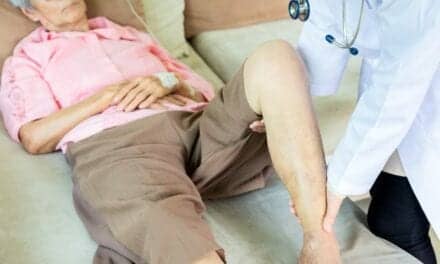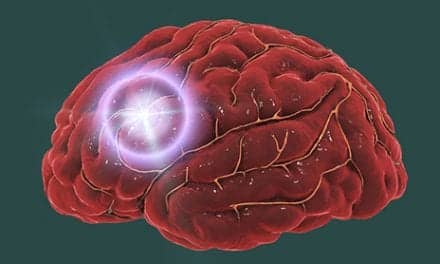A combination of robotics and artificial intelligence (AI) could be an effective and particularly novel form of rehabilitation for stroke patients, suggests a recent study from Israel’s Ben-Gurion University.
Following a stroke, patients are usually advised to do limb exercises that replicate daily tasks, such as drinking from a cup, in order to regain physical competence.
Applying game play to activities of daily living can also be useful for helping patients to perform a particular task without having to focus too hard on it.
With this in mind, in this study the Ben-Gurion researchers decided to combine concepts and have patients play a game of tic-tac-toe—which required them to grip and place cups on square shelves—with a robotic opponent, according to a news story from Healthcare Analytics News.
Per the news story, the patient stood on one side of a grid of open square shelves, placing colored plastic to claim spaces on the board. The other player was a specially developed algorithm designed to adapt to the player’s moves. It could play either as a series of lights fixed to the shelves that would light up to claim their spaces, or as a physical robotic arm that would also place cups on the “board.”
The study, published recently in Restorative Neurology and Neuroscience, included 62 healthy individuals—all right-handed—who were either younger than 30 or older than 60. At first, both groups overwhelmingly preferred playing against the robotic arm because they enjoyed the novelty. When asked to play two more games, they preferred to play against the robot. But given the option to play 10 more games against either the arm or the light system, the younger group wanted to play against the lights, while the older group still preferred playing against the robotic arm.
“Some of the young adults complained that the robot moved too slowly; therefore, they preferred the quicker system when asked to play many more games,” researcher Shelly Levy-Tzedek, head of the Cognition, Aging, and Rehabilitation Lab in Ben-Gurion University’s Department of Physical Therapy, says in the news story. “That indicates a need to personalize the speed of the robot to each participant.”
“I think of it as a robotic revolution in rehabilitation,” Levy-Tzedek adds. “The goal is to have a rehabilitation protocol that includes the robot as a partner and as a coach so that people can do their exercises at home.”
[Source: Healthcare Analytics News]





